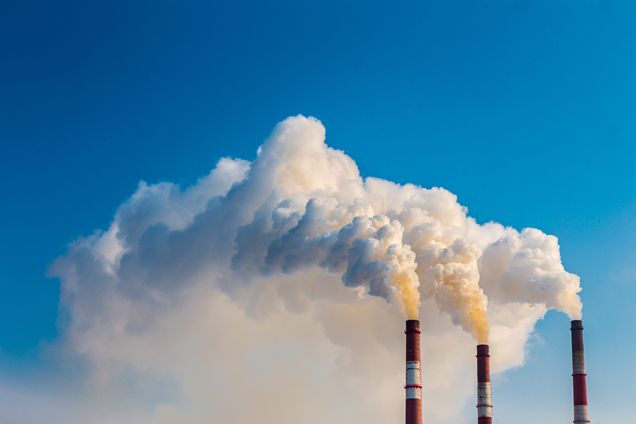China’s Uneven Regional Energy Investments
In the lead-up to the first Belt and Road forum in May 2017, China published three official documents emphasizing that its investment projects will be used to promote the Paris Climate Agreement and 2030 Sustainable Development Goals and are motivated by the need to “share the ecological civilization philosophy and achieve sustainable development.” Despite what the documents say, China’s Belt and Road Initiative (BRI) has come under continued criticism for promoting dependence on fossil fuels in developing nations and investing in environmentally damaging infrastructure projects.
Beneath this sweeping perception, the regional distribution of power plants with Chinese involvement is highly uneven, and the share of different fuel types also varies greatly by region. Host country preferences play a major role in determining the types of electric power generation that are developed with Chinese partners, demonstrating a complex network of “supply push” and “demand pull” factors that ultimately determine fuel choice and technology quality for a given project.
In a new study published in the GREEN journal edited by the Groupe d’Études Géopolitiques, Cecilia Han Springer and Han Chen set out to analyze regional patterns and regional policy barriers in Chinese energy finance, and
identify policy recommendations to overcome barriers. In order to capture changing trends in how Chinese finance flows overseas, Springer and Chen included data on overseas development finance disbursed by China’s state policy banks and China’s foreign direct investment (FDI) in the power generation sector. They also tracked Chinese involvement via construction companies, such as those with Engineering, Procurement and Construction (EPC) contracting arrangements, a growing channel for Chinese companies going overseas.
Main Findings
Shifting Trends in How China is Involved in Overseas Power Generation
- Springer and Chen’s dataset shows that, from 2000, there are a significant number of Chinese construction contractors going overseas to build coal plants, but they are not necessarily financed by Chinese policy banks or FDI.
- India in fact represents an outsized role (33 percent) in terms of Chinese construction arrangements for coal plants without associated development finance or FDI. It is clear that Chinese construction contractors have a strong presence in India’s coal plant development market.
- Regionally, Chinese policy bank finance for power generation and construction arrangements for coal are dominant in South and Southeast Asia, while Chinese FDI is distributed more evenly across other regions.
- Many projects with Chinese involvement face significant, even permanent delays, especially coal plants in countries with looming overcapacity issues.
Regional Disparities by Fuel Type
- Among different kinds of Chinese finance, China’s policy banks have almost entirely supported coal projects abroad, exclusively so in Central and South Asia since the year 2000. Hydropower follows coal as the second-largest source of global capacity receiving Chinese policy bank finance and FDI.
- Prior research and advocacy have heavily focused on Chinese involvement with global coal-fired power plants. However, the researchers found a significant amount of Chinese FDI has funded natural gas power, in Africa, East Asia and Southeast Asia, representing a major step towards understanding the broader fossil fuel portfolio of China’s overseas activity.
- The portfolio of Chinese overseas finance for power generation does not appear to have become cleaner over time.
Regional Policy Barriers to China’s Overseas Renewable Energy Investment
- Within Belt and Road Initiative (BRI) countries, research suggests there have been strong preferences for the lowest-cost electric power generation, which often translates into local policymakers’ preferences for coal power plant construction. However, as more nations announce decarbonization commitments as part of the Paris Agreement, it is likely that there will be greater interest in increasing the role of renewable energy in more countries.
- China has a major comparative advantage not only in manufacturing wind and solar generating technology but also related technology that can support the integration of renewables, like ultra-high-voltage transmission lines and energy storage. However, there has yet to be a systematic effort within China to direct overseas energy investments towards renewables, or to facilitate Chinese renewable energy companies working overseas.
Given the rapid global expansion of renewable energy, it is evident that renewable energy investments are profitable, economically viable and critical to achieving global climate goals. Springer and Chen note renewables are already competitive with coal plants in many Asian countries, such as China, South Korea, Thailand and Vietnam, and that more and more fossil fuel investments risk becoming “stranded assets,” which are as disastrous financially for investors as they are environmentally for local communities.
Springer and Chen argue China can facilitate its continued global energy expansion if it aligns its domestic focus on carbon neutrality and green development with its overseas activities in BRI countries. Along the BRI, developing countries can use Chinese assistance to develop modern, clean energy systems with less environmental impact. The authors’ study shows how despite a major focus on fossil fuels, China’s efforts to green the BRI could help drive financial flows towards more sustainable renewable energy resources.
Read the Journal Article Read the Blog